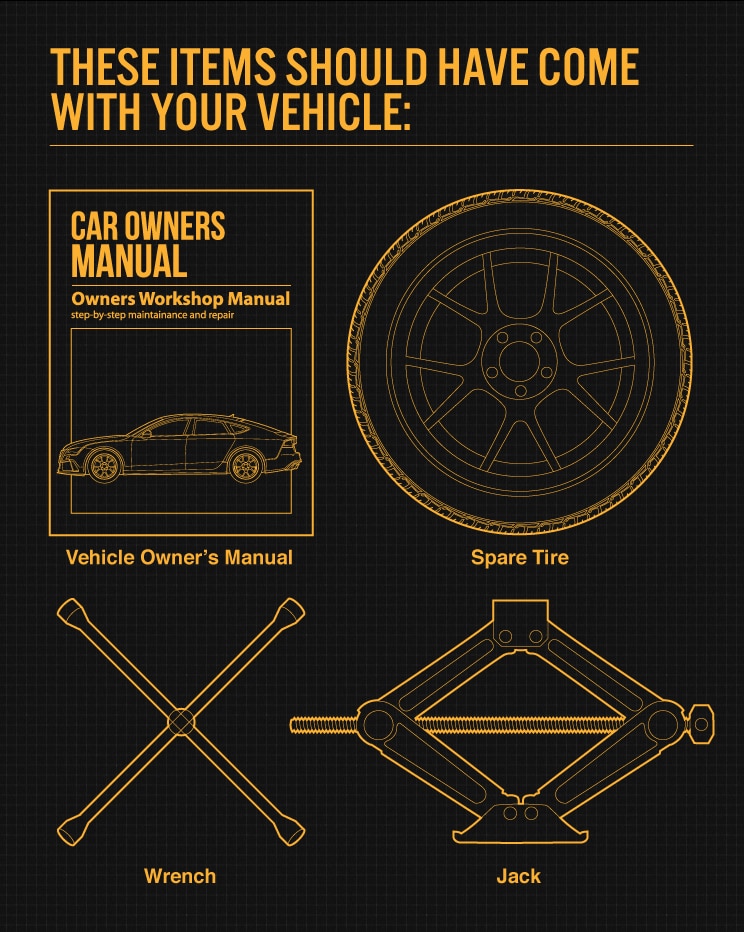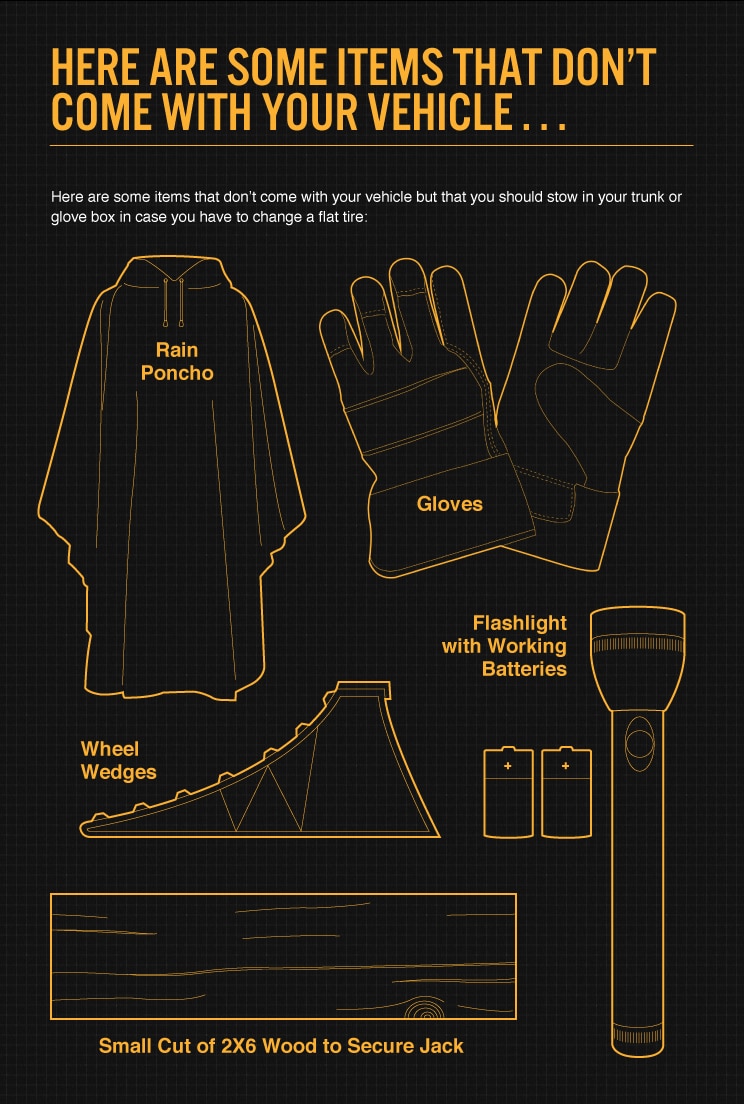Follow these simple steps and you’ll do the job right and for much cheaper.

The idea of performing maintenance, even a relatively simple task such as an oil change, may seem daunting, if not downright impossible. However, changing your own oil can be more convenient and less expensive than taking your vehicle to a local express lube shop. We’ll show you how to do it correctly, safely, and affordably in the following short video clips. You might even find working on your car is fun — much as we do.
If you’re unsure what kind of oil you should use or how often you should change it, refer to the technical specifications or service section of your owner’s manual. In this six-step video guide, we will walk you through a standard oil change—in this case on an Acura TSX, but the process is virtually identical whether you drive a Hyundai, Hummer, or anything else.
Before you even start this process, consult your owner’s manual (or the trusty internet) to determine exactly how much oil you will need to replace what you drain. And you’ll also need an oil filter. So you’ll be making a trip to an auto-parts store or a big-box retail outlet to get what you need. While you’re there, you’ll want to pick up an oil-filter wrench and the proper size wrench for your oil drain plug if you don’t already have those. And you’ll want some gloves to keep your hands clean; old-fashioned latex medical gloves work fine. Now you’re ready to go. Follow these steps to change your own oil:
Step 1: Jack It Up, Open It Up
First, you’ll want to lift the car high enough to give yourself room to work under it. Whether you use a hoist, ramps, or jack stands, make sure you are being absolutely safe. Never work under a car that is held up only by a floor jack. We raised our subject vehicle on the lift in the Car and Driver test garage, so you could see what we were doing. Most modern cars are fitted with a plastic under tray to both improve aerodynamics and protect vital components on the underside of the engine. In order to access the oil pan and oil filter on the TSX, the cover needs to be removed; most under trays are held on with a mixture of bolts, screws, or plastic clips that can be unfastened with basic hand tools. Before step two, be sure to examine the area for oil leaks. If any are found, consider having your vehicle inspected by a mechanic.
Step 2: Unplug It, Drain It
Situate your oil receptacle—five-gallon bucket, oil drain pan (available at an auto-parts store), oil reservoir, or any other sizable liquid-holding container—in such a way that the oil will drain into it without getting all over the ground or otherwise making a mess. Remember, there will be a lot of oil: Most cars have at least a gallon in their crankcase, and some a lot more. Remove the drain plug by loosening it (counterclockwise) with the proper wrench and unscrewing it. Hold on to the drain plug as you remove it; the oil will start pouring out as you pull it away from the oil pan. Allow the engine to drain for five minutes or until the flow of oil has slowed to a trickle.
Step 3: Off With the Old Filter
Find the oil filter. It’s the softball-sized cylindrical component screwed onto the engine (though some engines have a housing that you slip a filter cartridge into). Using your hand or an oil-filter wrench (you’ll likely need the latter), loosen the oil filter (turn counterclockwise) enough that the oil starts to come out of the top and drip down into your receptacle. Wait until the flow subsides and finish removing the filter. Before installing your new filter, be sure to verify that the old oil-filter gasket—a thin rubber O-ring—wasn’t left behind. This is particularly important; if the old gasket is not removed, the new filter won’t seal properly, which typically ends with all of your new, fresh oil leaking onto the ground within minutes of startup, potentially starving the engine of oil and leading to catastrophe. It is good practice to wipe down any oil-covered surfaces before you replace the drain plug and oil filter.
Step 4: Drain Plug in, Filter On
Replace the drain plug and tighten it until it’s snug, but not too much: Overtightening can cause damage to the oil pan and drain plug. Put some effort into tightening it, but not all of your strength. Some manufacturers have a torque spec that you can follow, using a torque wrench. In any case, do not try to rip off the head of the drain plug. Certain vehicles use a washer behind the drain plug that must be replaced when you reinstall the plug (check your owner’s manual to see if this washer needs to be replaced). Next, take your new oil filter and apply a light coating of oil (from a dab on the end of your finger) all around the rubber gasket on the top of the filter. This will help create a proper seal as you tighten the filter. The same rule applies when installing the filter: Don’t screw too hard, but rather turn it until it’s “hand tight” and then just a bit more, so it’s snug.
Step 5: Fill It Back Up with Oil
Once you have replaced the oil filter and drain plug, reinstall your undertray and lower the car back to the ground. Open the hood and remove the oil cap, which should have an oil-can symbol on it. Using a funnel, fill the engine with the manufacturer’s indicated volume of oil.
Step 6: Check the Oil Level, Check for Leaks
Finally, after waiting a few minutes for the oil to settle into the pan, use the dipstick to verify that your oil is at the proper level. Checking your oil is simple: Pull the dipstick from its tube, wipe away all oil with a paper towel, reinsert the dipstick, remove the dipstick, and confirm that the oil is lined up with the full marking on the tip of the dipstick. Finally, start the vehicle and let it idle and warm up; check for leaks under the vehicle and around the oil filter.
Congratulations! You’ve changed your oil and saved a bunch of money. Now, doesn’t that feel great?




